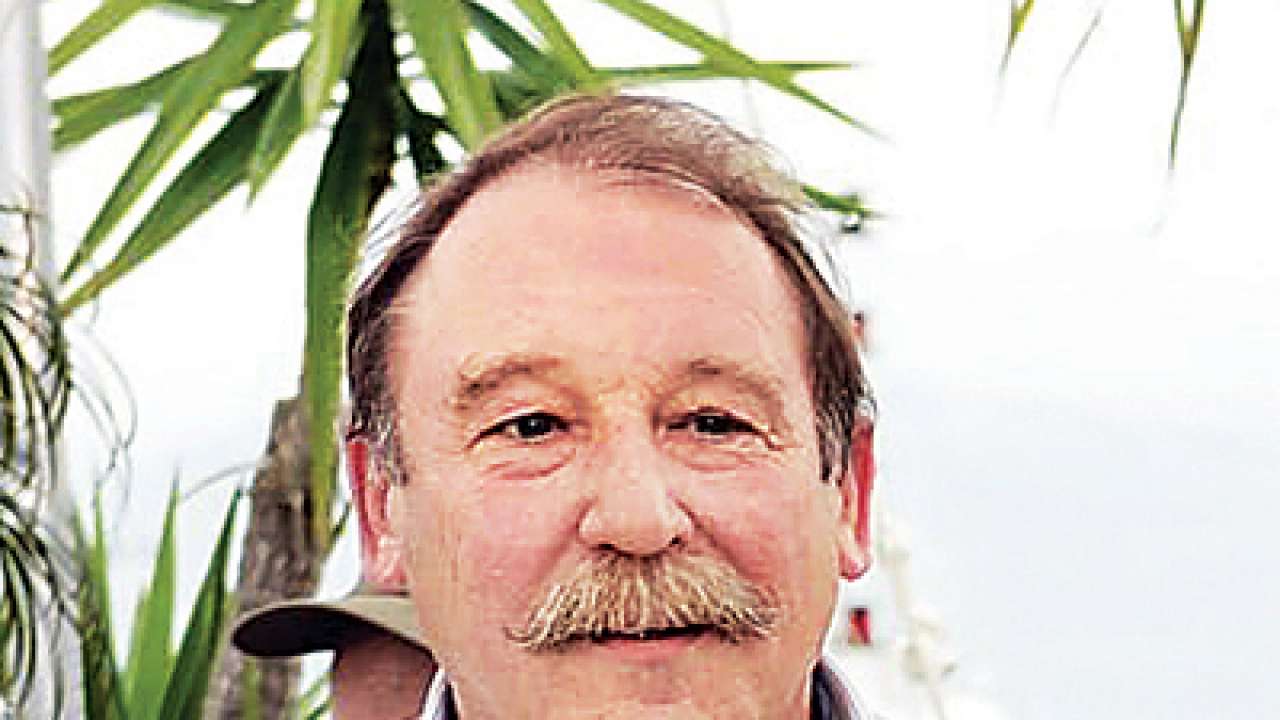
It's fair to say that Master of the Quaich, and author of 10 books including Maclean's Wikipedia, Whisky: A Liquid History and Whisky Tales, Charles MacLean knows his Scotch whisky. We met up with Maclean, who was in the city to conduct a tasting of the Singleton of Glen Ord. Here's his 10-step guide to the basics of single malts.
How many single malt whisky regions are there?
There are 4 primary whisky regions. Highlands, Lowlands, the island of Islay and Speyside which is a sub-division of Highlands.
What is the difference between the regions?
There are different styles, associated with different regions: Speyside tends to be sweet — it's the sweetest of the whiskies. Lowland tends to be drier, more grassy, more floral and with a very short finish — it's an aperitif style of whisky. Islay is typically smoky; the key note is smoky and pungent. Even people who don't like whisky can still like Islay. Highland is the most difficult because of the diversity of styles. It's a very big region but they tend to be not as sweet as Speyside, some are slightly smoky, some are slightly spicy.
Does a single malt style ever change?
Single malts don't change their styles. Unlike wines, which are sold directly to retail customers, the key customer for single malts is the blender. Blenders don't want the style to change because they don't know how the change will affect the final blend.
What are the different ages single malts are available in?
The basic age is 12. It then goes to 18 and 25. 40 is rare and will become rarer. However, it's important to realise that age does not guarantee excellence.
Does a single malt change in the glass?
It does. Old whiskies will change more and more. Rather like some very old wines, they can be beautiful when they're just opened but if you come back 20 minutes later, they're gone.
Can a single malt spoil?
An unopened bottle will not spoil, but once the bottle is opened, it will start to change just as it changes in the glass. The rate of change depends on the headspace in the bottle (the empty space between the liquid and the cap): the greater the headspace, the more rapid the change. A half empty bottle will be good for at least 6 months, but a bottle that's two-third empty will keep for just a month. In a bar, if the whisky is down to a third it's best to check with the bartender when the bottle was opened. It's no point having a large collection of whisky if there's just a little bit left in each, it's best to clean them out. The more delicate the flavours the quicker they will fly off, so as a general rule, a 12-year old will last longer than an 18 or 25.
What's the right way to store whisky?
Whisky should always be stored upright and not on its side. The spirits will rot the cork quicker. Never store it in direct sunlight.
What is the right way to conduct a single malt appreciation?
For appreciation, glassware is very important since appreciation is done largely with the nose. You need a spirits nosing glass, which is similar to sherry copita. The second key thing is not to add ice because ice closes down the aroma. The water can be cool, but not icy cold. Water agitates the molecules and raises the aromas. First you nose and taste the whisky straight. Then nose and taste with a little water. Common notes to look out for in whisky are cereal notes, floral notes, fruity notes, woody notes and peaty notes.
What single malts would you recommend to someone starting out ?
Go to a bar with a few friends and order 3 different styles of whisky: a smoky style like Lagavulin, or Laphroaig, a sherry-style like Glenfarclas, and a light Speyside-style like Cardhu or Glenfiddich. Then nose and taste. Malt whiskies are not the same. The difference between blended whiskies is a lot more subtle than malt whiskies.